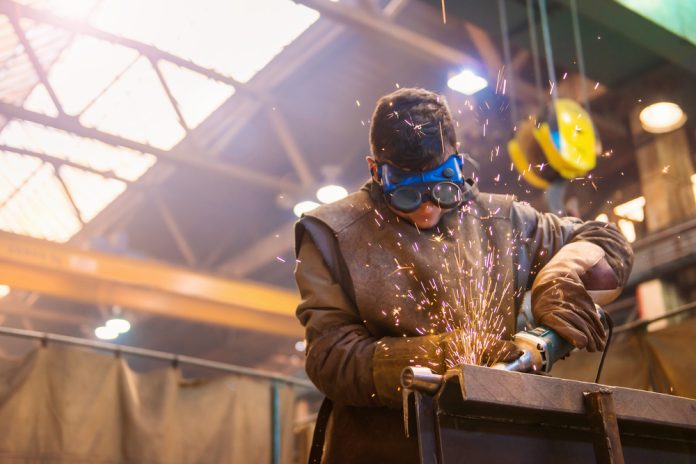
If you’d told me as a child that I would one day become the president and CEO of a national skilled trade education group, I would have never believed you. I was headed down the wrong path, not because I lacked ambition. I was a classic troublemaker—bright but rebellious, constantly testing boundaries.
Then, one teacher changed everything. In 9th grade, she recognized my potential and believed in me when I couldn’t believe in myself. Her unwavering support and guidance didn’t just help me turn my life around—it inspired me to do the same for others. That’s when I decided to become a teacher, determined to recognize and support students who, like me, were at risk of going astray. I gravitated toward adult education, realizing that many adults, much like my younger self, needed the kind of support I never received. Education was a chance for them to rewrite their stories, just as I had rewritten mine.
Today, I lead StrataTech Education Group, which encompasses a network of skilled trade schools, including The Refrigeration School and Tulsa Welding School. These institutions provide an alternative to traditional education, allowing adult learners to train as electricians, welders, line workers, and HVAC/R technicians. Unfortunately, many still view these careers as“blue-collar” jobs for those who couldn’t afford college. But that couldn’t be further from the truth.
Breaking the stigma around skilled trades
Skilled trades are not a “fallback” option; they are a pathway to stable, well-paying careers that support our nation’s infrastructure. Thanks to skilled tradespeople, every building, every light, and every HVAC system exists. Without them, our society wouldn’t function. These jobs are no longer low-paying; today, skilled trade professionals are in high demand. For those seeking financial independence, this is one of the fastest and most reliable routes to success.
Moreover, the physical demands of these careers often mean early retirements for seasoned workers in their 50s, creating a significant need for new talent. The good news is that Gen Z, usually called the “toolbelt generation,” is stepping up to the challenge. Unlike previous generations, they recognize the rewards of skilled trades: competitive wages, job security, and the autonomy of being an expert in a field that will always be in demand.
However, the outdated stigma still lingers. The reality is that skilled trades offer a path to wealth, independence, and respect. As someone once labeled a “troublemaker,” I deeply relate to underestimated people.
The people who thrive in the trades- whether they’re welders, electricians, or HVAC technicians—often share a similar background: they didn’t have an easy time in school and fought for a second chance. That’s precisely who our schools serve. Our campuses are intentionally located in major cities, near bus lines, and communities where students most need access. We meet them where they are.
Serving the students who need us most
It’s always been about serving the students who need us most. These individuals have a clear goal: they need work, and they need it now. They have bills to pay and families to support. Our schools prioritize providing them with the training and resources they need to succeed.
A shifting landscape in skilled trades
There’s also a profound shift happening within the skilled trades industry. At StrataTech, we’re proud to say that women and people of color comprise a growing percentage of our student body, surpassing industry norms. Women alone account for approximately 12 percent of our students. We also strive to create welcoming, inclusive campuses for all students. People of color make up nearly 75 percent of our student population, with most of our schools’ students coming from diverse backgrounds.
Approximately 80 percent of our students are Pell-eligible, meaning they qualify for federal financial aid due to their financial need. This is a point of pride for us, as it shows we’re serving the students who need us most, making the most significant impact where it’s needed most. Our schools help place around 5,000 graduates into skilled trade jobs each year.
These graduates leave our schools with technical skills and a sense of pride and accomplishment. When they receive their first job offers, many are stunned by the salaries they can now command, sometimes higher than they ever imagined. It’s a profound achievement: rewriting their stories and creating new futures for themselves.



